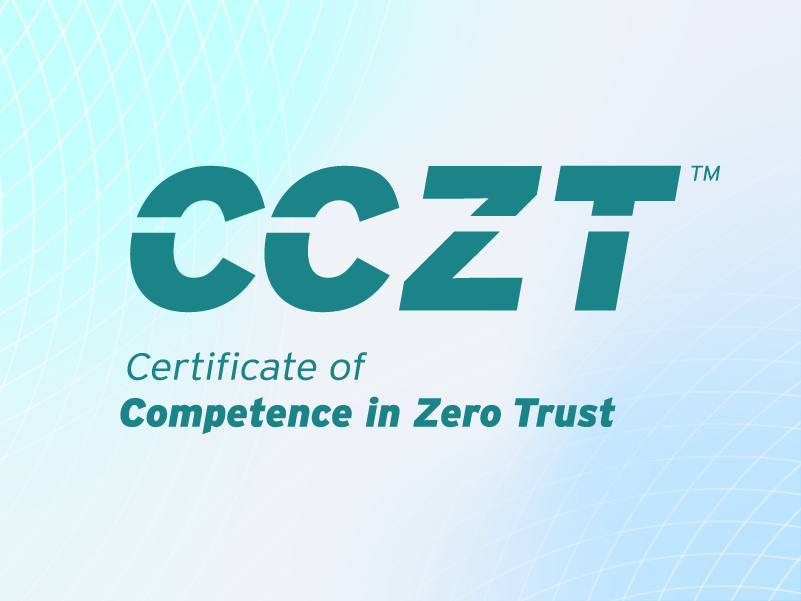How Zero Trust Can Save Your Business from the Next Big Data Breach
Published 06/06/2025
Written by Bhavya Jain.
A data breach refers to any incident where sensitive or confidential information—like login credentials, banking details, or private corporate files—is accessed, leaked, or stolen by unauthorized parties. Such incidents can arise from cyberattacks like phishing, malware infections, careless employee actions, or vulnerabilities in an organization’s security setup.
The growing dependence on cloud infrastructure and remote connectivity is reshaping digital ecosystems—introducing greater complexity and expanding the attack surface, thereby heightening the risk of cyber exploitation. The consequences can be devastating: financial penalties, operational disruption, and long-term damage to a company’s reputation.
Relying solely on perimeter defenses—like firewalls or VPNs is no longer sufficient against the sophistication of modern cyber threats. The Zero Trust security model addresses this challenge by adopting a fundamentally different approach: never trust, always verify. Regardless of whether a user or device is inside or outside the network, continuous authentication and authorization are required to ensure secure access.
What is Zero Trust?
Zero Trust is a cybersecurity framework built on the principle that no user, device, or system should be inherently trusted—whether it’s inside or outside the organization's network perimeter. Instead of assuming that internal networks are secure, Zero Trust continuously verifies every access request as though it originates from an open, untrusted environment.
At its core, Zero Trust follows the mantra: “Never trust, always verify.” This means every request for access must be authenticated, authorized, and encrypted. It involves enforcing strict identity verification, applying least-privilege access controls, and continuously monitoring user behavior and network activity.
Why Zero Trust Outperforms Traditional Security Models
For years, traditional cybersecurity approaches relied heavily on the idea of a secure perimeter. Once users or devices were verified and inside the network, they were often granted broad access with minimal restrictions. This “trust but verify” model worked reasonably well when businesses operated within a defined boundary — typically an office network secured by firewalls and virtual private networks (VPNs). However, the digital landscape has changed dramatically. Cloud computing, remote work, mobile devices, and third-party integrations have dissolved these boundaries, making perimeter-based defenses outdated and vulnerable.
One of the main flaws in traditional models is their implicit trust. If a malicious actor gains access to the internal network — whether through phishing, a compromised device, or stolen credentials — they can often move laterally, accessing sensitive systems with little resistance. This is how many modern breaches escalate. Zero Trust counters this by removing implicit trust altogether. Every user, device, and application must prove its legitimacy before gaining access, regardless of its location.
Zero Trust isn't just a shift in tools; it's a shift in mindset. Instead of assuming the network is safe, organizations adopting Zero Trust assume a breach could happen at any time. This proactive stance reduces the attack surface, prevents unauthorized lateral movement, and offers greater visibility into user activities and data flows. By continuously monitoring and validating trust, Zero Trust provides a more adaptive and resilient defense against today’s sophisticated cyber threats.
Top Effective Ways Zero Trust Can Save Your Business from a Data Breach
Strict Access Control Limits Exposure
Zero Trust enforces the principle of least privilege, meaning users only have access to the resources they need. This drastically reduces the potential damage if an account is compromised, since attackers cannot roam freely across systems.
Continuous Authentication Reduces Credential Abuse
Unlike traditional models that verify a user only at login, Zero Trust requires ongoing verification. This includes multi-factor authentication (MFA), session validation, and context-aware access — making it harder for stolen credentials to be misused.
Micro-Segmentation Prevents Lateral Movement
Zero Trust divides the network into smaller, secure segments. Even if an attacker breaches one part of the system, they can’t easily move to others. This containment strategy stops breaches from escalating.
Real-Time Monitoring Detects Threats Early
With built-in visibility and behavioral analytics, Zero Trust systems can detect unusual activity in real time. Early detection allows businesses to respond quickly and contain threats before they cause significant harm.
Improved Compliance and Audit Readiness
Zero Trust architecture provides clear logs of who accessed what, when, and how. This transparency supports regulatory compliance and simplifies audits — critical for industries that handle sensitive data.
Final Note
Data breaches pose serious risks to businesses, often resulting in financial loss and reputational harm. Traditional security methods no longer suffice against modern cyber threats. Zero Trust addresses this by continuously verifying every user and device, enforcing strict access controls, and monitoring activities in real time. This proactive approach limits exposure, detects threats early, and helps organizations safeguard sensitive data more effectively, ensuring stronger protection and greater resilience against future breaches.
About the Author
%20(1)%20(1).jpg) Bhavya Jain, CISSP,CRISC,CCSK,CIPP/US, has 15 years of experience in Fintech, banking, consulting, law firms, and the services industry. Bhavya has held management and technical lead roles, with responsibility for executing security strategy, threat detection and response, compliance, and risk mitigation. Bhavya's cybersecurity work spans threat detection, incident response, application and cloud security, AI-driven defense and governance, risk, and compliance.
Bhavya Jain, CISSP,CRISC,CCSK,CIPP/US, has 15 years of experience in Fintech, banking, consulting, law firms, and the services industry. Bhavya has held management and technical lead roles, with responsibility for executing security strategy, threat detection and response, compliance, and risk mitigation. Bhavya's cybersecurity work spans threat detection, incident response, application and cloud security, AI-driven defense and governance, risk, and compliance.
Related Resources



Unlock Cloud Security Insights
Subscribe to our newsletter for the latest expert trends and updates
Related Articles:
SASE: Securing the New Enterprise Perimeter with Zero Trust
Published: 10/27/2025
Implementing CCM: Supply Chain Management Controls
Published: 10/24/2025
AI-Integrated Cloud Pentesting: How LLMs Are Changing the Game
Published: 10/24/2025


.png)
.jpeg)
.jpeg)

.jpeg)